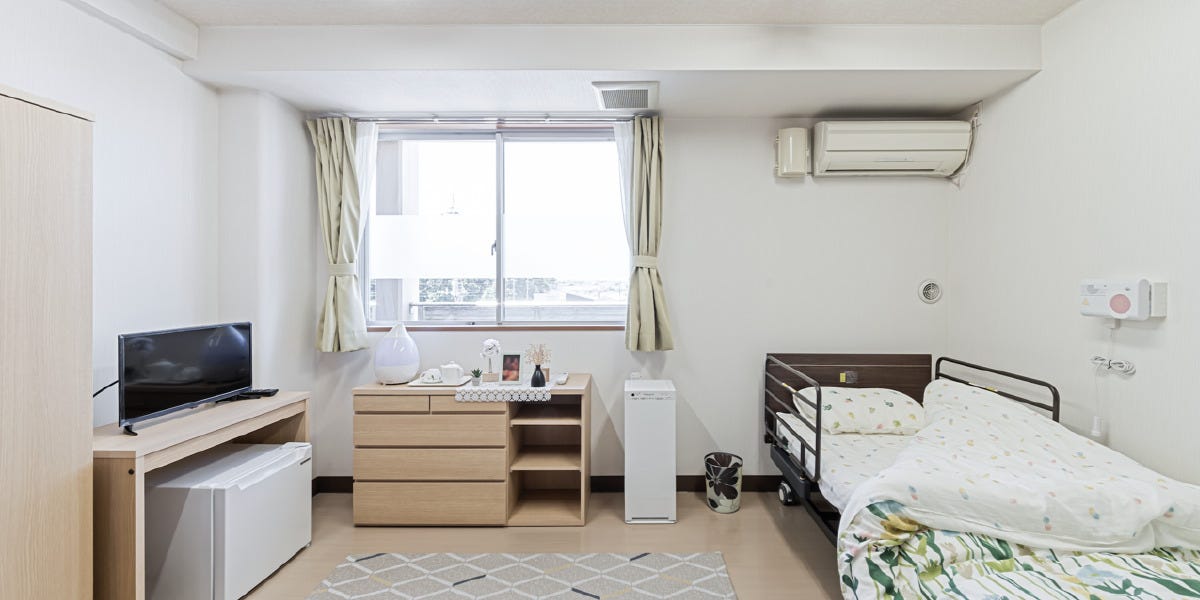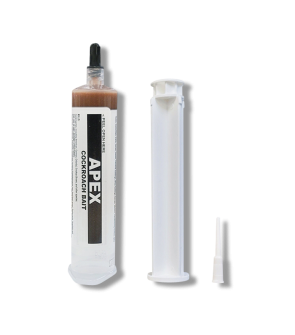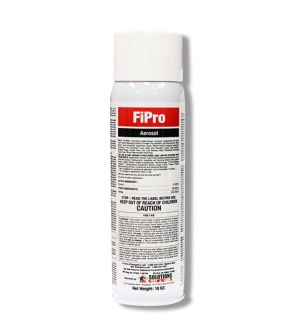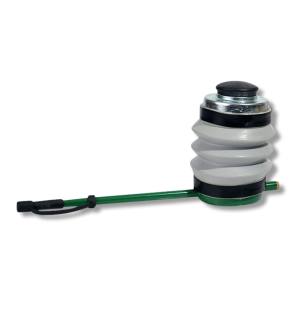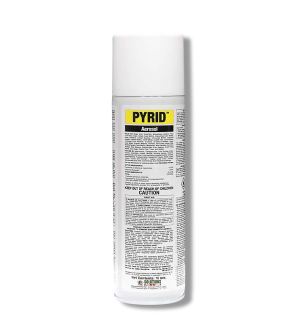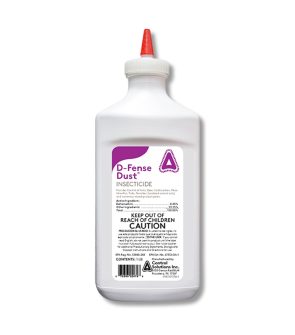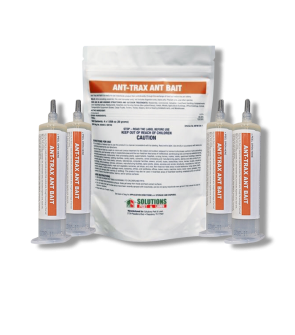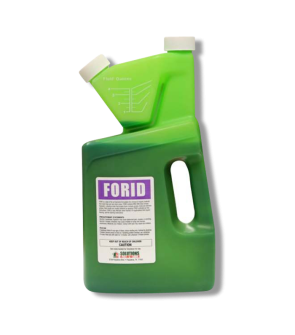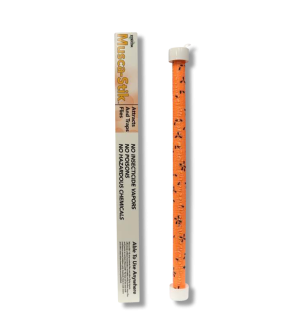Insects in Nursing Home
Most Effective Products
Common Insects in Nursing Homes
Like other residential homes where individuals are eating and sleeping under one roof, seniors living in nursing homes are also at risk for pest activities. Ants, cockroaches, and flies are among the most common to find in nursing homes.
While not each of these pests carry diseases, they can pose other health hazards or violate state and federal codes. Additionally, they can also cause seniors in your facility to become stressed or their family members to withdraw them entirely.
The spread of pests is only expected to worsen so by taking action now you can protect yourself, the residents, and staff members. It’s important to learn about these pests and how to control them with the information in our DIY guide.
Keep in mind that standard state, federal, and nursing home regulations will still need to be followed when conducting any type of pesticide treatment in your region.
If you are seeing a pest not listed here then contact our customer service team by phone, email, or in-person at one of our store locations for professional tips and product recommendations.
Ants
An ant infestation can quickly become a major problem for nursing home facilities. Not only are ants a nuisance, but they can potentially sting or bite senior citizens.
Depending on the resident, attacks from ants can worsen pre-existing medical conditions or cause other health reactions.
Identification
 There are a number of different ant species that can come into nursing homes so we will go over common identifying traits. By looking at our ant control guides, you can identify which specific ant you are seeing for better control efforts.
There are a number of different ant species that can come into nursing homes so we will go over common identifying traits. By looking at our ant control guides, you can identify which specific ant you are seeing for better control efforts.
Most ant species are brown, black, yellow, white, red, or a combination of different colors. They will have 3 body segments, a set of antennae, and six legs.
If they are ant swarmers intended to breed then they may possess a pair of wings.
Inspection

Ants will move through cracks, crevices, and voids in walls, around exterior foundation, and around plumbing penetrations.
Once inside, they can be found anywhere that contains moisture or food like laundry rooms, bathrooms, kitchens, under or around sinks, cabinets, pantries, shelves, drawers, furniture, and janitor closets.
Treatment
Step 1: Eliminate Food and Water

Ants search every corner of nursing homes for food and water so you will first need to address those sites.
Store food is in plastic containers with a lid. Next, vacuum and mop floors for food residue.
Dry off any sites collecting water such as the floor, wall, and around pipes. Repair any pipes or plumbing leaking water.
Step 2: Use Ant Baits

When food and water has been controlled, set out an ant gel bait that works slowly to give foraging ants enough time to spread the material to the rest of its colony for total control.
Ant-Trax Ant Bait is an attractive ant bait product that comes in a convenient syringe for easy application. Ants will not be able to resist the formula and will take the product back to their nest to share with the colony, and eventually, the whole population will perish.
Apply 4 drops or 0.006 oz. of Ant-Trax Ant Bait per square yard of treatment area.
Focus on areas where you have seen foraging activity and common entry points, like along baseboards, under sinks and countertops, around water pipes, along the kitchen backsplash, near window or door crevices, or in voids where ants may be harboring.
Application in a food or feed handling area should be limited to crack and crevice treatment only.
Use only in areas that are not easily accessible to children and pets.
Step 3: Apply FiPro Foaming Aerosol
 To treat ants that destroy or travel in walls, we recommend applying FiPro Foaming Aerosol.
To treat ants that destroy or travel in walls, we recommend applying FiPro Foaming Aerosol.
FiPro Foaming Aerosol is a non-repellent foaming insecticide that controls ants and other pests in and around nursing home foundations.
Shake the Fipro Foaming Aerosol thoroughly, remove the finger cover cap and insert the injector straw into the nozzle tip.
Aim the straw into voids, cracks, or crevices where ant activity has been detected, such as windows, door frames, and around the plumbing.
Spray the product into labeled sites for 4 to 8 seconds, but hold the straw in place for at least 8 seconds after application.
Wipe any excess foam away as soon as possible and allow the area to dry.
Cockroaches
Cockroaches scurrying about resident rooms and hallways of nursing homes is enough to make anyone stressed. These pests carry germs and diseases which are a threat to anyone, but even more so to older individuals.
Identification
Various species of cockroaches can be found in nursing homes, but they all share some common traits. To know which roach you have in your nursing home, check out our DIY guide for proper identification.
They will have flat, oval-shaped bodies that range in color from light brown, dark brown, reddish brown, or black.
Each roach species will also have six legs, a pair of antennae, and wings that may or may not give them flight.
Inspection
Roaches love to stay near water and food in nursing homes, which could be in kitchen or bedroom pantries, drawers, shelves, cabinets, bathrooms, unused nursing home equipment, under sinks, or around plumbing penetrations in walls.
Treatment
Step 1: Deep Clean
Cleaning each room in nursing homes is the best and easiest way to control cockroaches.
You will need to be especially thorough since the smallest amount of moisture, grease, or food residue can attract these pests.
Begin by vacuuming all furniture, floors, and shelving in rooms that you suspect has been contacted by food. Next, wipe down surfaces that cannot be vacuumed with a proper cleaning product.
Dispose of all trash each night and take to an outdoor dumpster away from the structure foundation. Make sure all indoor and outdoor trash receptacles have sealable lids.
Address any moisture build-up on walls, floors, and around fixtures. Repairs and replacement of fixtures and pipes may be necessary to address water leakage.
For sites you cannot easily control moisture like basements, crawl spaces, and attics you may want to consider installing a dehumidifier.
Step 2: Set Out Roach Bait
Roaches will be desperately searching for other food sources since you have eliminated all in the previous step. This is where gel baits come into play.
Apex Cockroach Gel Bait is an attractive and lethal bait that cockroaches cannot resist eating. It contains 11 different food grade attractants and a slow-killing active ingredient to control roaches in nursing homes.
To control small roaches like German cockroaches, you will need to apply 3 drops, or approximately 0.0047 oz. per square yard.
To control larger roaches like the American or oriental cockroaches, you will apply 5 drops, or approximately 0.0071 oz. per square yard.
Apply near roach harborages or where else you have observed cockroach activity. Possible placements include under baseboards, under sinks, countertops, cabinets, and where pipes penetrate the wall.
To avoid stains and for easy cleanup, we recommend you apply drops of the bait gel onto index cards.
Do not place this product in areas where people and pets can easily access it.
Step 3: Treat Voids

D-Fense Dust is a synthetic pyrethroid that affects the nervous system of cockroaches leading to complete death upon contact and for up to 8 months after treatment.
You will need to use a handheld duster to make applications.
Use 2-3 grams of D-Fense Dust per square yard or 0.5 lbs of product per 1000 sq. ft.
Make applications in crevices around doors, windows, and in walls, and behind appliances and electrical outlets.
Do not apply directly to food or food handling surfaces.
Flies
Nursing homes are abundant in human waste, food, and water which is why pests like house flies or drain flies are common. While flies do not directly harm people, the bacteria they spread on surfaces can deteriorate the health or cause allergic reactions to older residents.
Identification

Depending on the species, flies will have either a compact body shape to that of mosquito-like shape. They will also have a 3-segmented body, 1-2 pairs of wings, small to big compact eyes, and 6 legs total.
In color they vary from gray, black, light brown, green, blue, or yellow with distinct markings or none at all.
Inspection
In nursing homes, flies can live in drains, trashcans, recycling bins, or be located near sinks in break rooms, resident rooms, and nursing stations.
If you have a facility with an animal mascot, therapy animals, or residents with pets in their room, then flies can breed in the waste of animal cages and litter boxes.
Treatment
Step 1: Clean
Start by cleaning your nursing home to control fly infestations.
This can be done by disposing of trash and recycling bins in an outdoor dumpster that is kept several feet away from the building foundation.
Regular vacuuming, mopping, and sweeping of all floors and shelving. Drying up any sites that have standing water or moisture like around plumbing.
Standard repairs will be needed for sites with consistent leakage. Dispose of animal waste in a proper manner.
Clean out drains in sinks in each room throughout the building. Forid Drain Gel Cleaner is a concentrated microbial degreasing product that easily breaks down organic waste that builds up in drains, sinks and garbage disposals.
Apply 4 oz. of Forid Drain Gel Cleaner per drain. Let 1 to 2 gallons of warm water go through drains not regularly used before application.
Pour this product around the lip of the drain so that it coats and runs down the sides of the drain. Repeat the process daily for 5 to 7 days.
Step 2: Capture Flies
While most flies will leave after a good cleanup, some will linger around. For this reason, you will need to use fly traps.
Musca-Stik Traps is an insecticide-free trap that uses pheromones and its orange colroed paper to attract flies directly to the trap, which is full of glue. These pests will become stuck and unable to move then eventually die.
Simply pour the pheromones packet into the catch basin at the end of the stick or along the length of the trap.
Place this product high up above in the places where flies activity have been observed.
Step 3: Spray Pyrid Insecticide Aerosol
As an added measure for controlling flies, we recommend spraying insecticide aerosols like Pyrid Insecticide Aerosol.
Pyrid Insecticide Aerosol is a powerful botanical insecticide made with natural ingredients to control various pests in nursing homes.
Simply point and spray from a distance of 18-24” inches from flies to quickly knock them down and kill them in short bursts.
Do not exceed 10 seconds of spray per 100 ft. of commercial areas.
Do not let people or pets enter areas treated until 15 minutes have gone by and the rooms have been ventilated.
Key Takeaways
Common Pests in Nursing Homes
- Pests that commonly come into nursing homes are flies, cockroaches, and ants.
Why Do Pests Enter Nursing Homes
- Pests come into nursing homes due to the amount of water, food, waste, and shelter they provide.
When Should Perimeter Treatments Be Done
- Outdoor perimeter treatments are best done on a quarterly basis throughout the spring, summer, and fall.
